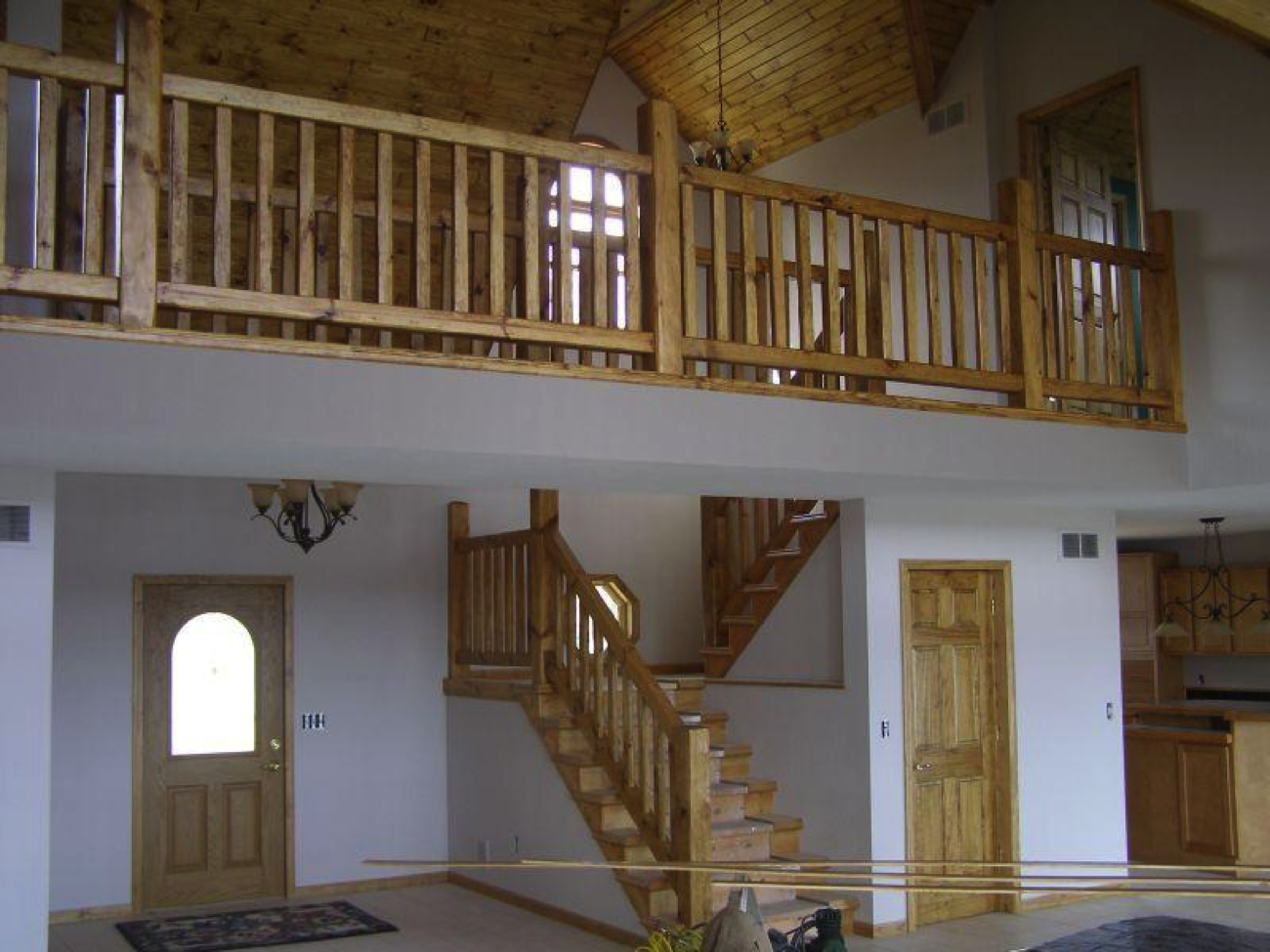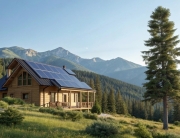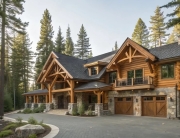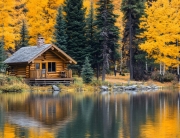Table of Contents
How to Transform Your Home with Natural Elements
There’s something about rustic wood steps that feel right. Maybe it’s the natural elements they add to a home, or perhaps it’s because they can make any space feel more inviting. Whatever the reason, rustic wood steps are a great way to transform your home with minimal effort!
Types of Wood you can Use for Rustic Steps
Here are a few wood options to consider:
- Reclaimed Wood
This is an excellent option if you’re looking for rustic charm. Reclaimed wood has a natural patina and is a cost-effective option. - Pine
Pine is a softwood that’s easy to work with and gives off a rustic vibe. It’s also one of the more affordable options. - Cedar
Cedar is another great option for rustic wood steps. It’s a bit more expensive than pine, but it’s also more durable. - Oak
Oak is a great option if you’re looking for durability and strength. It’s also a beautiful wood that will add character to your home. - Maple
Maple is a hardwood that’s known for its strength and durability. It’s also a beautiful wood with a natural grain pattern.
How to Build Wood Steps
 Once you’ve selected the wood you want to use, it’s time to get started! Here’s a quick overview of the process:
Once you’ve selected the wood you want to use, it’s time to get started! Here’s a quick overview of the process:
- Start by measuring the area where you want to add your rustic wood steps. You’ll need to know the width and depth of the space to cut your boards to size. It helps to mark out the area with chalk to visualize where your steps will go.
- Cut your boards to size and attach them to the stringers (the supports that run along the length of your steps). You can use screws or nails to attach the boards. Be sure to predrill holes to avoid splitting the wood.
- Once your boards are attached, add a bit of sandpaper to rough up the edges and give them a rustic look. The sanded edges will also help prevent splinters.
- Apply a clear sealer to protect your rustic wood steps from the elements. You can also add a bit of color with stains or paint if you’d like. This will serve as an extra layer of protection and help your steps last for years.
Benefits of Rustic Wood Steps
Rustic wood steps offer a number of benefits:
- They’re a great way to add natural elements to your home.
- Rustic wood steps can make any space feel more inviting.
- They’re a cost-effective way to transform your home.
- Rustic wood steps are easy to build and require minimal effort with the correct procedure.
How to maintain Wood Steps
Here are a few tips to keep your rustic wood steps looking great:
- Inspect your steps regularly for loose boards or nails. Tighten or replace as needed.
- If you live in an area with harsh winters, it’s a good idea to apply a clear sealer yearly to protect your steps from the elements.
- If your steps show signs of wear, you can sand them down and reapply a clear sealer.
- If you’re using reclaimed wood, inspect it for nails or other sharp objects before you begin.
If you are looking for a rustic and durable set of steps for your home, The Woodworkers Shoppe has the perfect solution. With quality materials and construction, our rustic wood steps can be the finishing touch to your log home or cabin. You will be adding value and beauty to your home, but you will also be increasing safety with our slip-resistant surfaces. Have questions about our rustic steps? We have compiled a list of the most common FAQs that we receive – check them out below!
Common Rustic Wood Steps FAQs Answered
How do you make the stringers and measure for them?
 To do this, lay out two straight boards on the ground and mark them at the desired rise and run of your stairs. For example, if you want your stairs to be 36 inches wide with a rise of six inches, you’ll mark the boards at six-inch intervals. Once you have your template, use it to mark and cut the stringers from lumber.
To do this, lay out two straight boards on the ground and mark them at the desired rise and run of your stairs. For example, if you want your stairs to be 36 inches wide with a rise of six inches, you’ll mark the boards at six-inch intervals. Once you have your template, use it to mark and cut the stringers from lumber.
Next, you’ll need to measure the risers and treads. To do this, start by measuring the distance between the top and bottom of your stringers. Then, subtract the thickness of your treads from this measurement. This will give you the total rise of your stairs. To find the individual riser height, simply divide the total rise by the number of risers. For example, if your stringers are 72 inches tall and you’re using six-inch treads, then your total rise will be 66 inches. Dividing this by six gives you an individual riser height of 11 inches.
To find the tread width, start by measuring the distance between the inside faces of your stringers. Then, subtract the thickness of the two risers from this measurement. This will give you the total run of your stairs. To find the individual tread width, simply divide the total run by the number of treads. For example, if your stringers are 72 inches wide and you’re using 11-inch treads, then your total run will be 51 inches. Dividing this by 11 gives you an individual tread width of approximately four and a half inches.
With these measurements in hand, you’re ready to cut your risers and treads and assemble your stairs!
How long do rustic wood steps last?
With proper care, rustic wood steps can last for years. Be sure to Inspect your steps regularly and apply a clear sealer yearly to protect them from the elements.
Are rustic wood steps difficult to build?
Rustic wood steps are pretty easy to build. With the right tools and a bit of know-how, you can have rustic wood steps installed.
Do rustic wood steps require a lot of maintenance?
Rustic wood steps are low maintenance and only require a bit of inspecting and sealing yearly.
Can rustic wood steps be installed outside?
Yes, rustic wood steps can be installed outside. Be sure to choose durable wood like cedar or redwood and apply a clear sealer to protect them from the elements.
Are rustic wood steps slippery?
These wood steps can be slippery if they’re not sealed properly. Be sure to sand the edges of your boards and apply a clear sealer to provide traction and prevent slipping.







Recent Comments